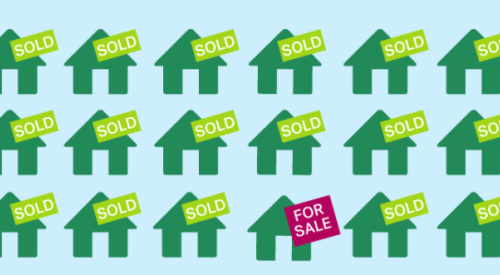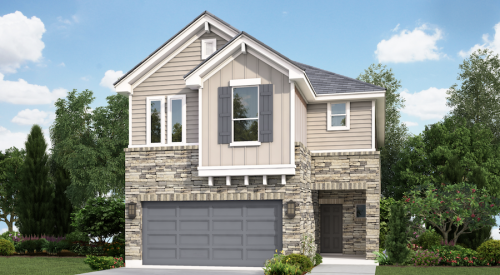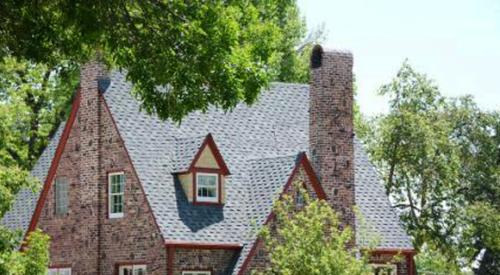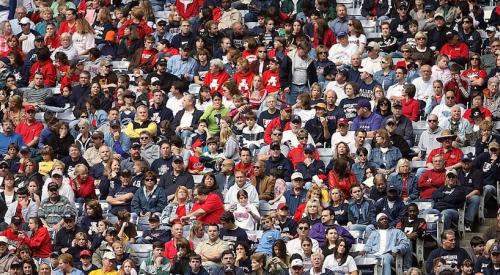According to John Burns Real Estate Consulting (JBREC), the growing divide in income distribution in the U.S. is causing more demand for the highest- and lowest-priced homes, more rental demand, and less demand for median-priced homes.
The latest data from JBREC shows that the share of middle class households is down 12 percent from 1970 to 2016, and as such, fuels less demand in the middle of the market. This is pushing demand outward, toward the higher and lower ends of the housing market price spectrum: homes priced up to 50 percent higher than the median home price are attracting demand from buyers with higher income, and who waited longer to buy their first home. Too, the lowest-priced homes in many markets are being snatched up fast, and the months of supply are "extremely low."
Among households headed by those under age 65, middle-income households plunged from 57 percent of American households in 1970 to only 45 percent today. (Though today’s 45 percent is up slightly from an average of 43 percent over the previous seven years.) The result has been a 7 percent increase in the percentage of households who earn more than double the US median income, from 12 percent in 1970 to 19 percent in 2016, and a 4 percent increase in the percentage of households who earn less than 80 percent of the US median income, from 31 percent in 1970 to 35 percent in 2016.













